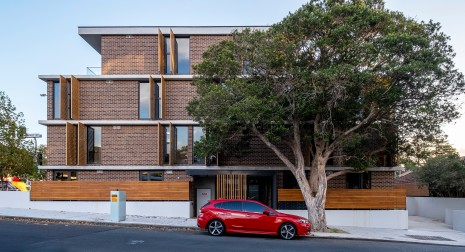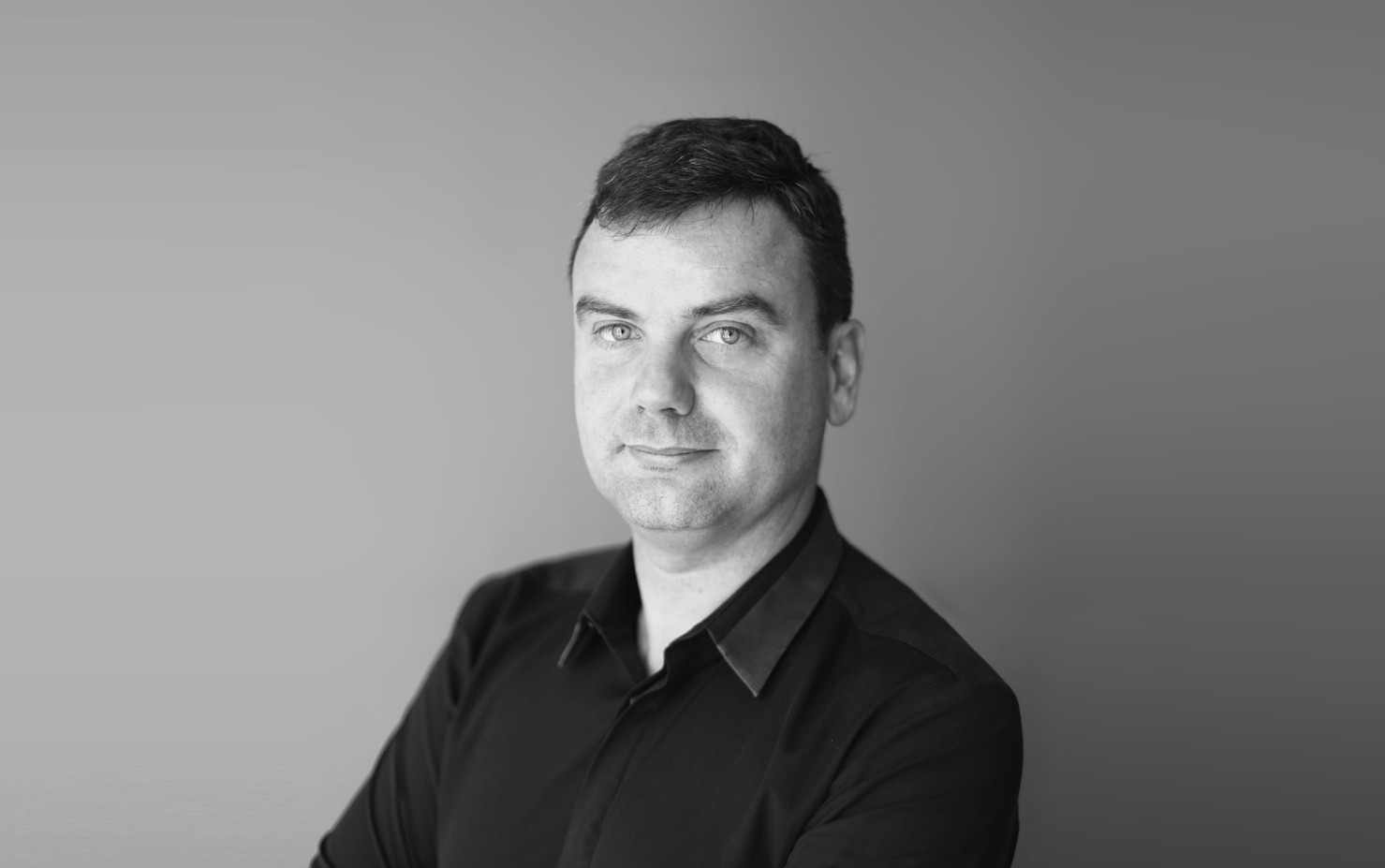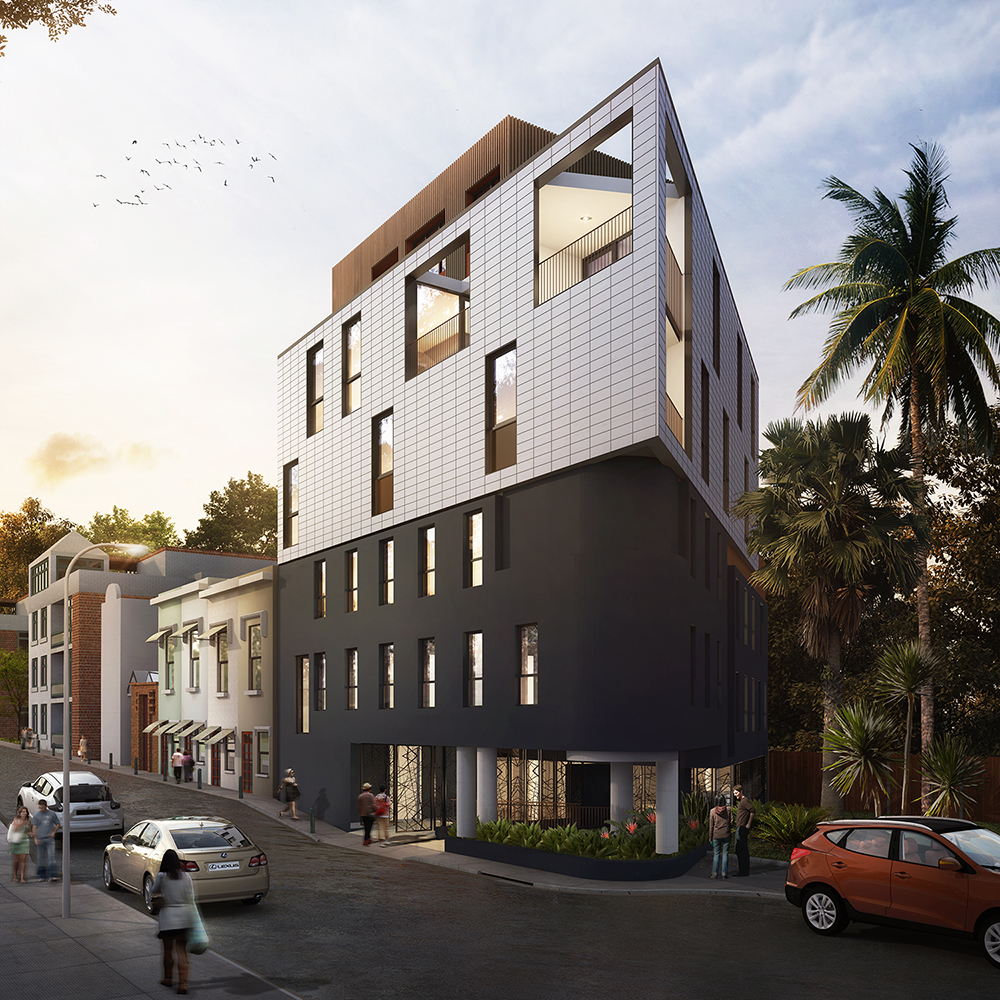
Residential
Architecture’s most intimate expression is the home. From affordable housing, single dwellings and mixed-use precincts, we take a restorative approach to each site, its context and its community.
Lodi Van Eeghen joined the DesignInc Sydney residential architecture team three years ago, and recently became an Associate. We talked with Lodi about drawing, studying architecture in Holland, working at OMA, family, and his motivations as a designer.

Lodi, lets jump straight in—tell me why you became an architect.
Well, I was always interested in design. As a kid I did a lot of drawings, and I particularly loved designing light rail systems and buildings.
That’s very specific! How old were you?
I was young—about eight or nine years old. In high school I became even more interested in the technical side of drawing, and after I finished school [in Holland] I wasn’t sure what I wanted to do, so I had a gap year. One day I woke up and had the idea to be an architect. So my dad bought me a ticket to Delft where I checked the Technical University, and I like the feeling, so I enrolled and moved there.
I’m interested in factors such as modesty, and context. Fitting with the surrounding urban and suburban form is so important. And designing buildings to be simple but timeless.
Lodi van Eeghan
Associate, DesignInc Sydney
And what happened after you graduated?
Well, I stayed in Delft and applied for a job at OMA, and I got it! It all happened very quickly—I applied on a Thursday, and I started on a Saturday!
It was a fantastic place to work. I worked with Rem Koolhaas, Torsten Schroeder and Ole Scheeren. The environment was very collaborative—everyone was included. When we worked on a masterplan for Gent Docklands in Belgium, everyone was asked to spend a couple of days putting together their own concept design model, and some of the ideas in those concept models informed the final design. I worked on some very interesting projects, including the CCTV Headquarters in Beijing.When we worked on a masterplan for Gent Docklands in Belgium, everyone was asked to spend a couple of days putting together their own concept design model. And some of the ideas in those concept models informed the final design.Lodi van Eeghen, DesignInc Sydney, Associate
Wow, what an incredible first job!
Yes, it was, but it was also a tough work environment—we worked hard at almost unsustainable levels. So after about 6 months I was ready for a break. I went travelling, and in 2005 I came to Australia. I liked it here. The climate is nice, the people are friendly, so I decided to stay. I worked at a few different companies including SJB, PTW and then Hassell, where I stayed for seven years. I worked on health projects such as Kolling Building at the Royal North Shore hospital, developing my skills in the documentation and construction phase. I really enjoy working on the building envelope in particular; putting together the pieces to create a beautiful and functional façade.
In 2011 my daughter Celia was born, so from 2013 I worked on my own projects from home, looking after my daughter, while my wife pursued her career. I really enjoyed that.
In 2012 I started at WMK working on high end residential and hospitality projects and Barangaroo headland park, followed by Marchese Partners. And then in 2018 I joined DesignInc Sydney.
It’s very satisfying seeing a concept sketch on paper evolve through to a finished building.
Lodi van Eeghen
Associate, DesignInc Sydney
I am in the residential team, we work a wide range of projects including affordable housing projects, hotels and large scale multi-storey mixed use developments. Our residential team is quite small, so I am able to work on all stages of the project, from concept design right through to documentation and construction management, which I enjoy. It’s very satisfying seeing a concept sketch on paper evolve through to a finished building.
One of my favourite projects at DesignInc is Sparkes Street Camperdown, where our design adds a two-storey addition to the top of an existing boarding house conversion in a very tight urban site. With some research into construction techniques, we designed the addition to be fully prefabricated, so it can be craned in and not require scaffolding. I also worked on Dubbo Hydrotherapy pool, which was very satisfying.

And what would you say are your design motivations?
I’m interested in factors such as modesty, and context. Fitting with the surrounding urban and suburban form is so important. And designing buildings to be simple but timeless. And I’m really focused on the human drivers: with residential projects in particular, we are creating something that will be a place where people live, that they use every day, inhabit, and call home. I hope that the user is happy; that they enjoy inhabiting the spaces. This puts pressure on the architect to design and build every project well.
With residential projects in particular, I’m fascinated by the that fact that we are creating something that will be a place where people live, that they use every day, inhabit, and call home. I hope that the user is happy; that they enjoy inhabiting the spaces. This puts pressure on the architect to design and build every project well.
Lodi van Eeghen
Assocaite, DesignInc Sydney
I totally agree.
It was great talking to you today Lodi. Thanks for sharing your story!